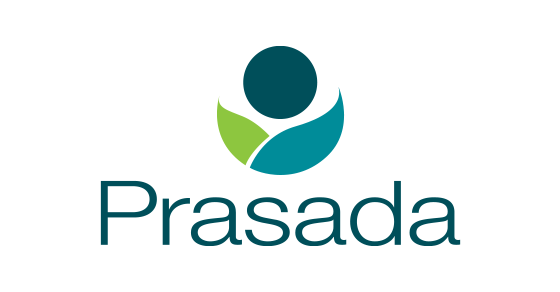
Yoga May Help With Common Heart Rhythm Disorder
Small study found it reduced episodes of dizziness, shortness of breath for patients with atrial fibrillation
January 30, 2013
By Amy Norton
HealthDay Reporter
WEDNESDAY, Jan. 30 (HealthDay News) — People with a common heart rhythm problem may be able to decrease their symptoms by adding gentle yoga to their treatment regimen, a small study suggests.
The research, reported online Jan. 30 in the Journal of the American College of Cardiology, is one of the first to test the effects of yoga on the heart condition, known as atrial fibrillation.
Experts cautioned that while the findings are promising, more research is needed.
Atrial fibrillation arises when the heart’s upper chambers quiver chaotically instead of contracting normally; it’s not immediately dangerous but can cause symptoms like palpitations, shortness of breath and dizziness. Over the long run, it can also raise the risk of strokes or heart failure.
The standard treatment includes drugs that control the heart’s rhythm and rate, and aspirin to prevent blood clots.
However, those treatments are often not enough to fully prevent episodes. In the new study, researchers looked at whether adding gentle-style yoga classes to 49 patients’ drug therapy could help.
Lead researcher Dr. Dhanunjaya Lakkireddy said his own father was a “yoga master,” so he was familiar with the practice. But he was even more motivated by research showing that yoga can have calming effects on the nervous system, helping to lower blood pressure and heart rate.
His team found that over three months of classes, patients started having fewer symptoms — an average of two episodes, versus almost four in the three months before taking up yoga.
Still, yoga is no replacement for medication, said Lakkireddy, a cardiologist at the University of Kansas Hospital and Medical Center in Kansas City.
“Just doing yoga alone is not going to cut it,” he said. “You still need to take the appropriate medications and follow your doctor’s recommendations. But this suggests that yoga can be a fantastic adjunct.”
The study involved 49 patients with paroxysmal AF — a form where symptoms arise suddenly and then end on their own, usually within 24 hours.
For the first three months, patients stuck with their usual activities. Then for the next three months, they had hour-long yoga sessions with a certified teacher, at least twice a week; some people opted to come every day.
A limitation of the study is that there was no “control” group of patients who did not take yoga classes, according to cardiologist Dr. Nieca Goldberg.
So, that makes it less certain that it’s the yoga that brought the benefit.
“More research is needed, but these findings are very promising,” said Goldberg, medical director of the Center for Women’s Health at NYU Langone Medical Center in New York City.
But she also stressed that it’s important for people to know that there are different styles of yoga, and some may be inappropriate or even dangerous for people with a heart condition.
“This study used a mild form of yoga,” Goldberg said. “The findings do not speak to all styles of yoga.”
Specifically, study patients took classes in the Iyengar style, which moves at a slow pace and emphasizes proper alignment in the poses, breathing and relaxation.
Some other styles of yoga are more strenuous, like the style known as “vinyasa.” There are also “hot yoga” classes, where the room temperature is kept as high as 105 degrees.
“We would never recommend hot yoga for a heart patient,” Goldberg stressed.
All of that said, Goldberg already suggests gentler yoga classes to some of her heart patients. Both she and Lakkireddy said that patients who are interested in yoga should get the go-ahead from their doctor first.
Of course, Goldberg noted, your doctor may not be able to recommend a specific yoga program. In that case, she suggested calling your local Y or a senior center and asking about classes geared for older adults or people with heart disease.
Lakkireddy said that someone with atrial fibrillation who is relatively young and otherwise healthy could try a regular Iyengar-style class. But be sure to talk to the teacher ahead of time about your heart condition, he said.
In the United States, it’s estimated that about 2.7 million people have atrial fibrillation. Besides paroxysmal atrial fibrillation, there are two other forms: persistent and permanent. Lakkireddy said his findings cannot be assumed to apply to those types of the disorder.
Leave a Comment